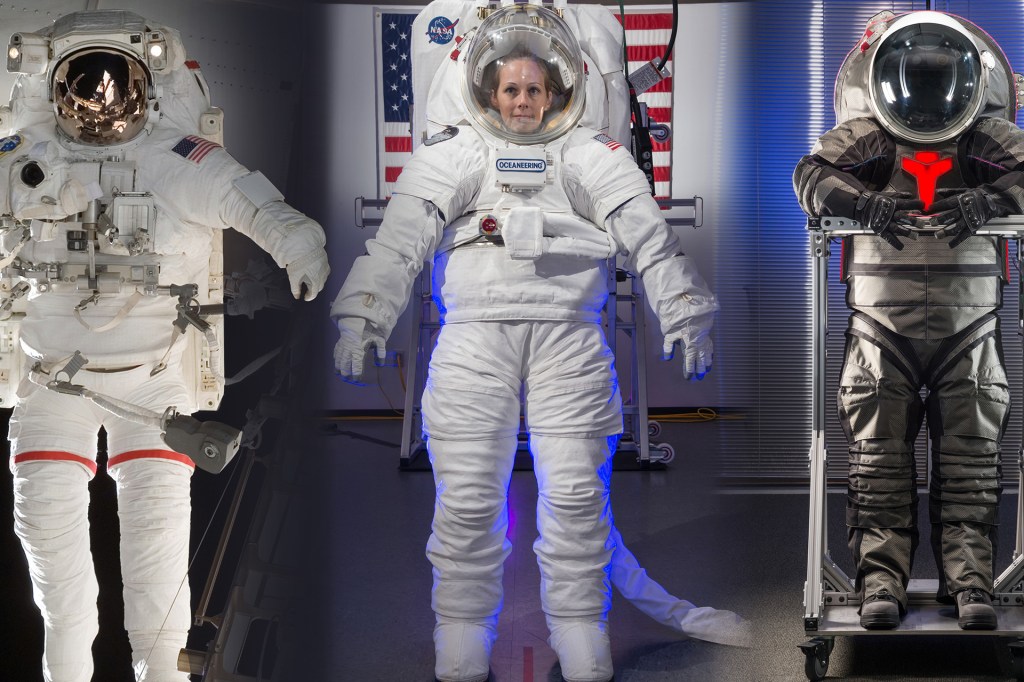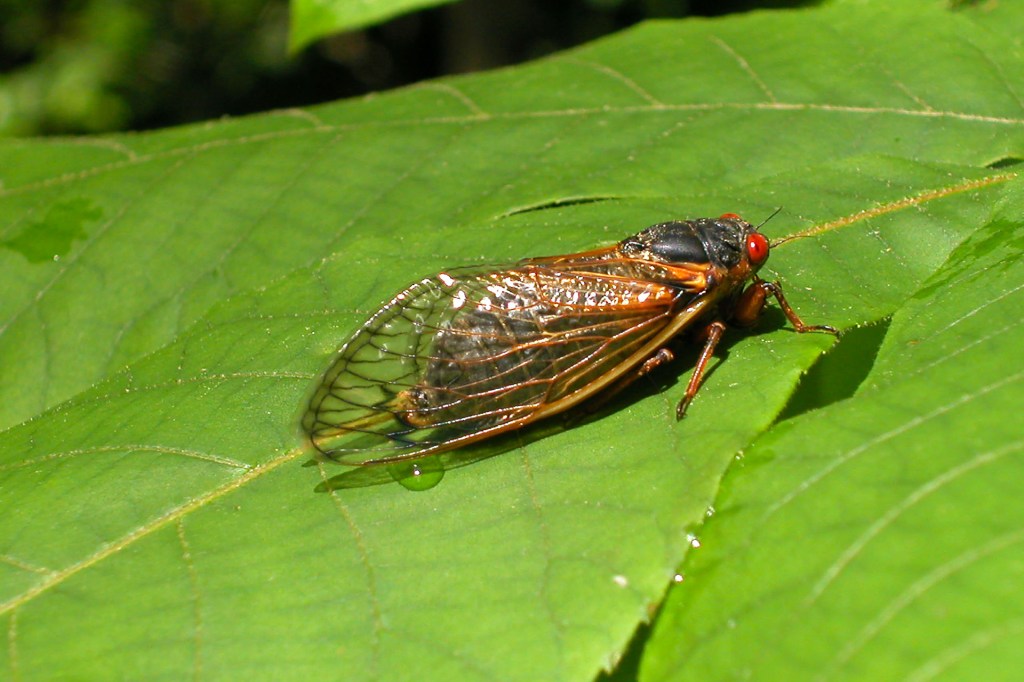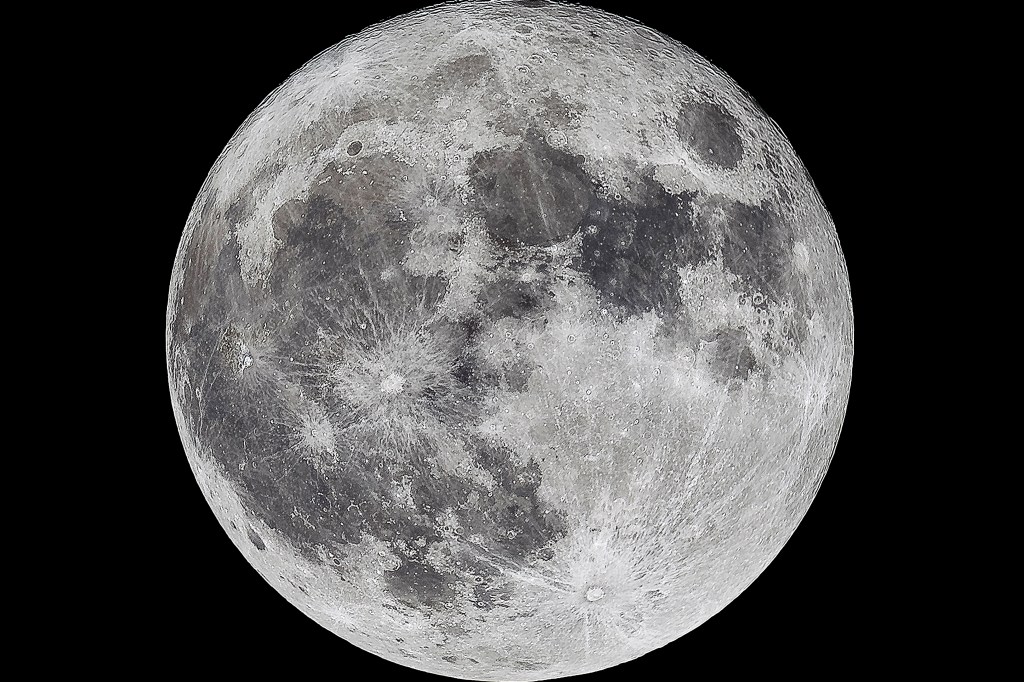
People first set foot on the moon on July 20, 1969. They were part of the Apollo 11 mission. After that, NASA sent six more missions to the moon. But then the United States government stopped paying for lunar
lunar
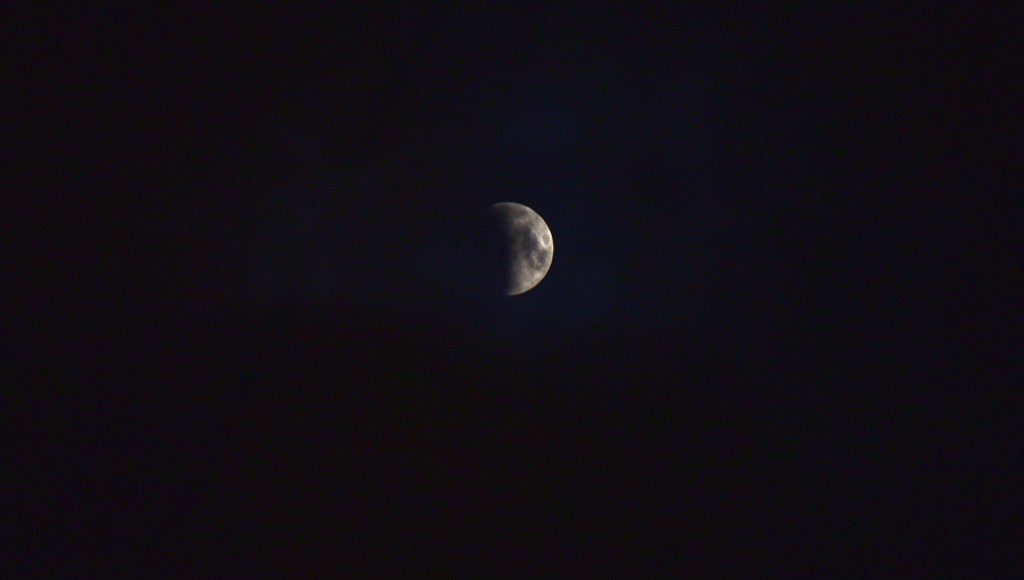 VIJAYANAND GUPTA/HINDUSTAN TIMES—GETTY IMAGES
relating to the moon
(adjective)
We watched the lunar eclipse this past summer in Mumbai, India.
missions. NASA hasn’t sent a crew to the moon since 1972.
VIJAYANAND GUPTA/HINDUSTAN TIMES—GETTY IMAGES
relating to the moon
(adjective)
We watched the lunar eclipse this past summer in Mumbai, India.
missions. NASA hasn’t sent a crew to the moon since 1972.
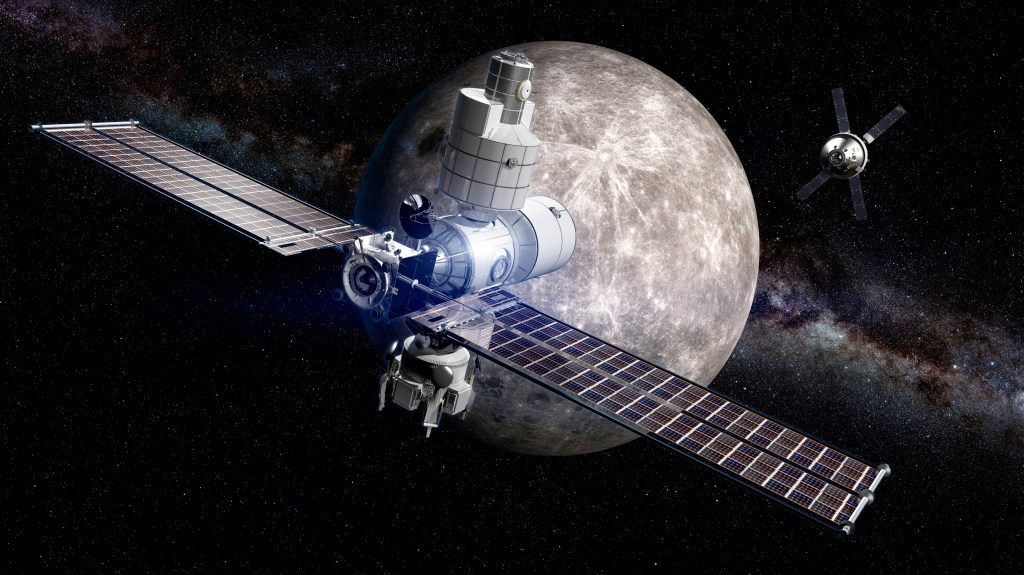
This is an illustration. It shows Gateway orbiting the moon. Its solar panels turn sunlight into energy.
BOEING ILLUSTRATIONNow NASA is planning a return trip. In December 2017, President Donald Trump signed a plan. It puts moon exploration at the top of NASA’s list. “We’re working to have astronauts on the moon by the mid-2020s,” says Bill Gerstenmaier. He works at NASA.
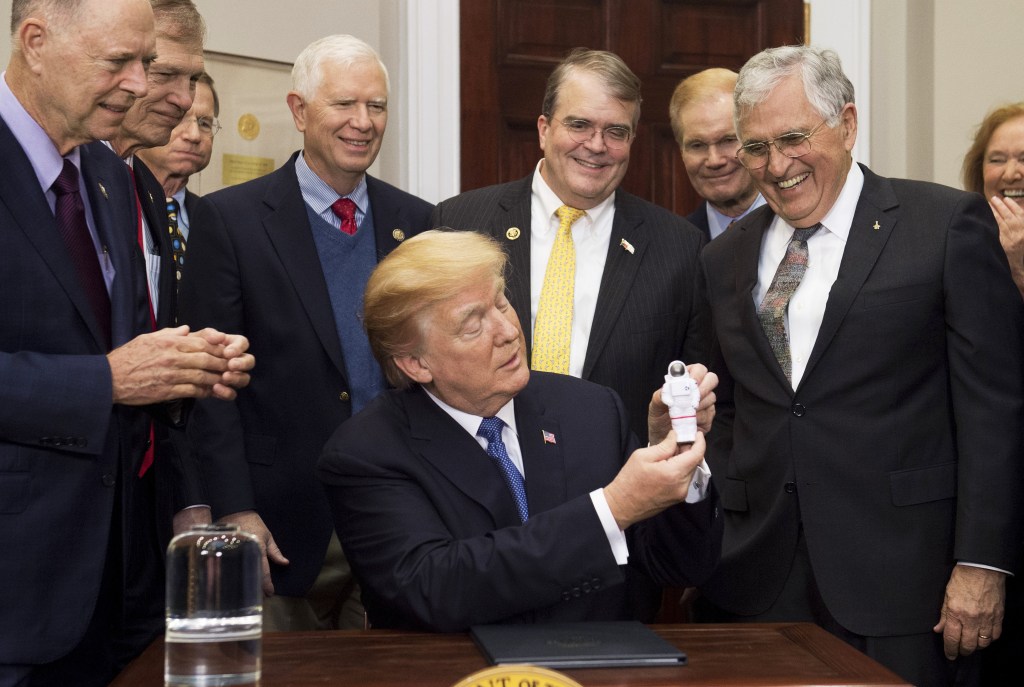
Here is President Trump while signing a plan for NASA missions.
SAUL LOEB—AFP/GETTY IMAGESAll Aboard
NASA is building the Lunar Orbital Platform-Gateway. Gateway will orbit, or travel around, the moon. It will be a mini space station. Astronauts will use it as a base
base
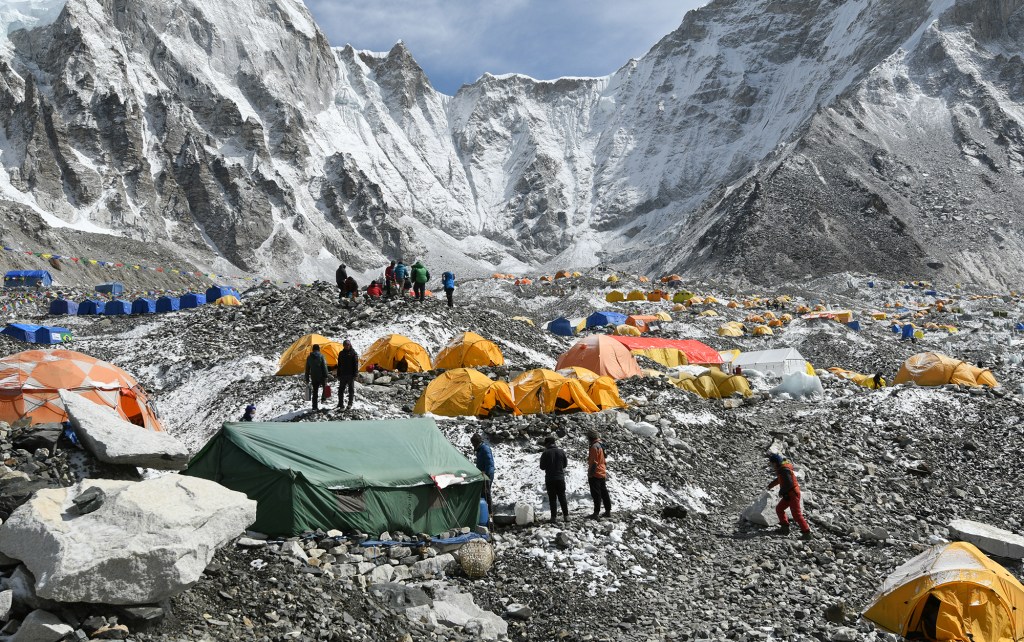 PRAKASH MATHEMA/AFP/GETTY IMAGES
the bottom or lowest part of something
(noun)
Mount Everest hikers established camp at the base of the mountain.
. They will travel from Gateway to the moon and back in a small craft. They will be able to spend more time on the moon than before.
PRAKASH MATHEMA/AFP/GETTY IMAGES
the bottom or lowest part of something
(noun)
Mount Everest hikers established camp at the base of the mountain.
. They will travel from Gateway to the moon and back in a small craft. They will be able to spend more time on the moon than before.
Gateway will be made of five main parts. These parts are called modules. One or two modules will house astronauts. Each will be the size of a school bus. One will turn sunlight into power. There will be an air-lock module for astronauts who go on spacewalks. There will also be a port where spacecraft can dock.
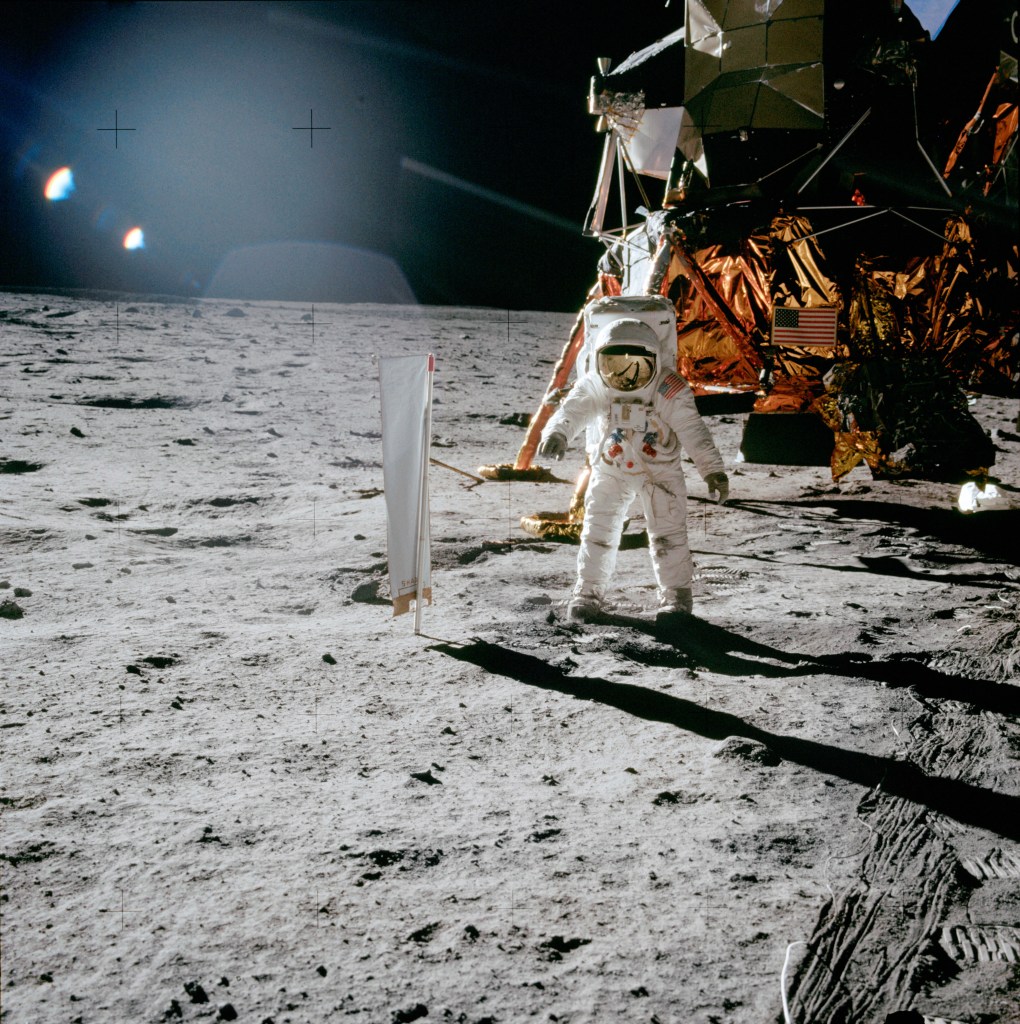
Buzz Aldrin pauses for a photo on the moon. This picture was taken on July 20, 1969.
NASAOther countries may pitch in to help. Russia may build an air-lock module. Japan might build one to help with power and communications. Canada could build a robotic arm. It would help with outdoor work on Gateway.
The U.S. Congress will need to get on board too. It’s up to them to provide money to build Gateway.
On Deck: Mars
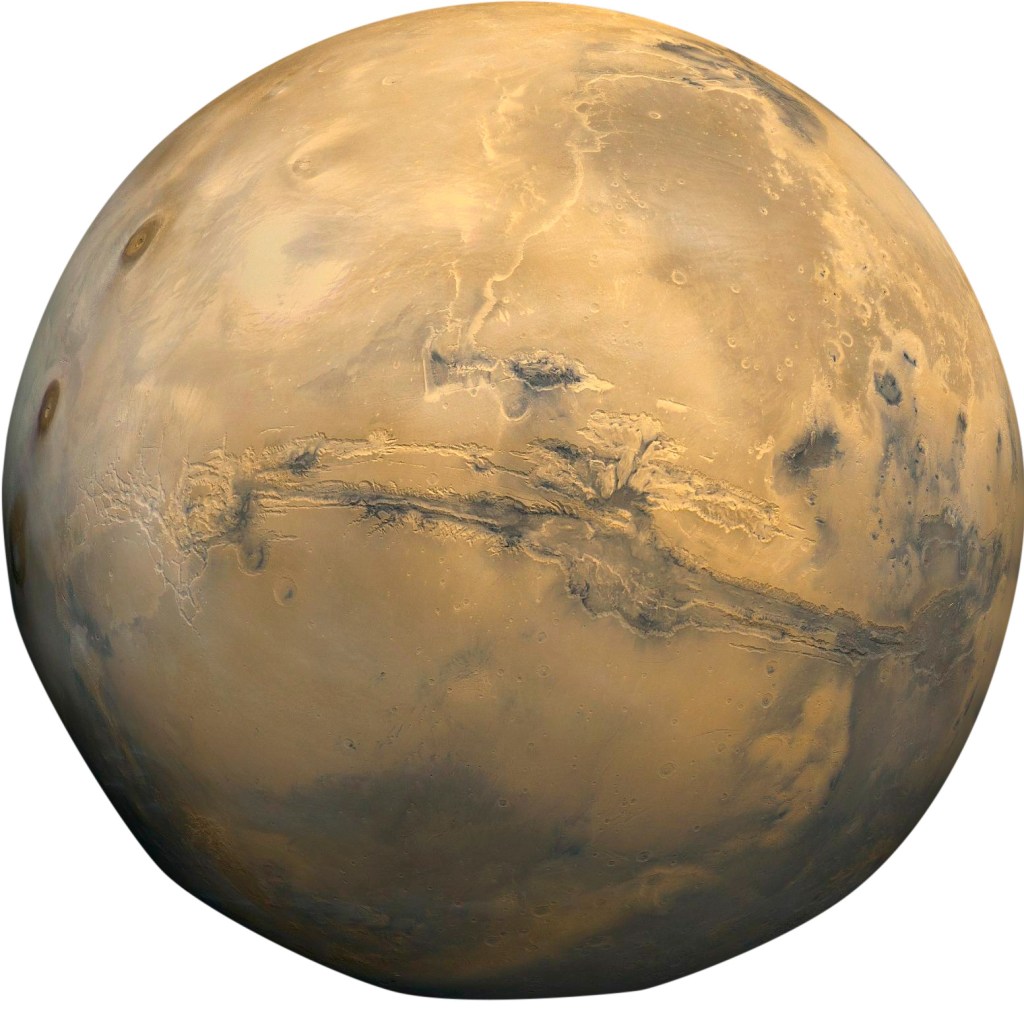
NASA has big dreams for Gateway. They hope it will be a starting point for space missions beyond the moon. What’s the next stop? It may be Mars. NASA will build a special craft for the trip. The Deep Space Transport will take astronauts from Gateway to Mars and back.





